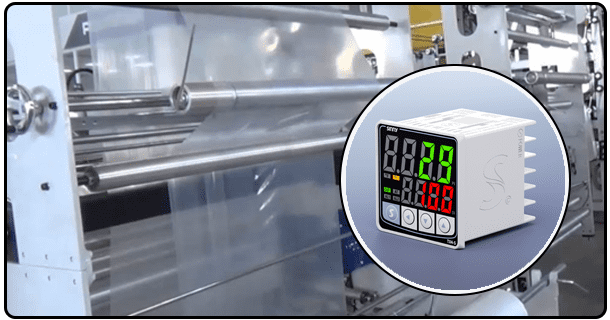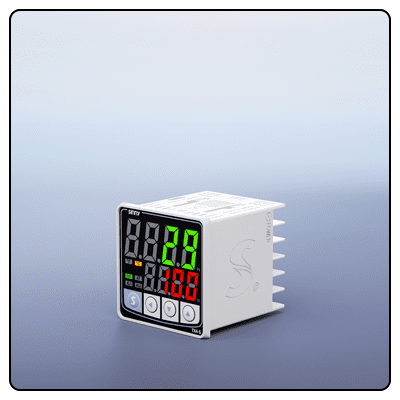How To Calibrate A Digital Temperature Controller?
"Learn to calibrate digital temperature controllers like an expert with this expert guide from us! Achieve precise temperature regulation that enhances quality and efficiency across your processes!"
Calibrating a digital temperature controller is key to accurately managing any process reliant on temperature regulation. This comprehensive guide outlines all necessary steps and considerations for calibrating a digital temperature controller properly.
1. Calibrating Digital Temperature Controllers by Mark Wong.
Temperature control requires accurate temperature measurement to meet quality, safety and compliance objectives; calibration ensures this by testing whether an accurate reading and regulation is delivered from digital temperature controllers. Here's how calibrate digital thermostat controllers:
2. Preparation
Prepot When starting any calibration process, it is vitally important that all necessary tools are assembled. This may include a multifunction process calibrator capable of simulating temperature sensor inputs and measuring output from your temperature controller; along with hand tools to access its terminals and sensors. Safety must always come first - make sure all electrical safety precautions have been put in place, including disconnecting it if necessary.
3. Create Your Calibration Setup
Determine which temperature controller type suits you by creating your calibration setup accordingly, connecting its cables and connectors securely with calibration equipment designed for different sensor types (thermocouple, RTD etc). Verify whether all connections are properly set-up before beginning calibration procedures.
4. Calibration Methods
There are various techniques for calibrating temperature controllers; which one you use will depend on both available equipment and required accuracy:
* Temperature Simulation: When used in combination with the Fluke 754, calibrators such as this allow users to simulate temperature electronically by connecting thermocouple wires directly into them and setting their calibrations to match desired settings.
* Actual Temperature: To calibrate a sensor at its actual temperature, either dry or wet baths can be used. By immersing it into wells at known temperatures, sensors can easily be calibrated.
* Compare Results With Accurate Thermometer: Attach your sensors to an appropriate heat source, then verify their readings with an accurate thermometer to make sure that their results match.
* Simulated Voltage/Resistance/Current: Create signals such as microvolts for thermocouples, resistance for RTDs or current for 4-20 mA setups depending on your controller's input settings - in other words simulated voltage/resistance/current signals can be applied in place of thermocouple voltage/resistance signals to simulate thermocouples/RTD resistance/current systems/4-20mA setups respectively.
* Direct Measurement: Use an accurate sensor to directly measure temperature inside an enclosed system and compare this result with that displayed by its controller.
Calibration Procedure
Follow the specific steps outlined by your selected calibration method, typically including adjusting controller settings in accordance with an industry standard (for instance if using temperature simulation you would input this temperature and set settings until its display matches up exactly). For instance if using temperature simulation you would input this temperature directly into the controller then adjust accordingly until its display matches this virtual value (ie: adjust controller's display to correspond exactly).
Record Calibration
Carefully record the calibration results to meet any regulatory or future reference needs, noting any adjustments that were made and final readings. Keeping such records will prove valuable over time as future reference or for compliance requirements.
Completion of Calibration
Once calibration has been successfully accomplished, it's essential to conduct several tests under realistic operating conditions in order to validate that your temperature controller provides accurate readings. Doing this may include running some simulation tests ensuring it responds appropriately when temperatures change.
5. Calibration Report Prep
Create a detailed calibration report detailing the procedures followed, results achieved and any recommendations for future calibrations. Not only will this act as an archive but will also serve to maintain accuracy over time with temperature controller calibrations.
Calibrating a digital temperature controller requires great care and precision, but following the steps outlined here will allow you to ensure that it accurately reads and regulates temperature for all temperature-dependent processes.























